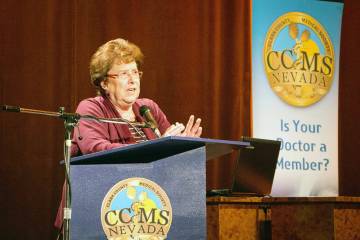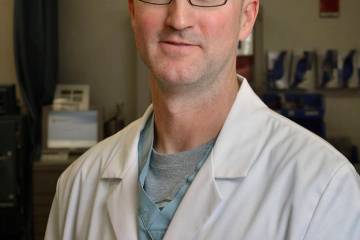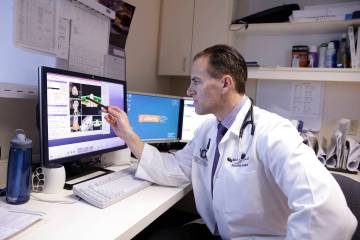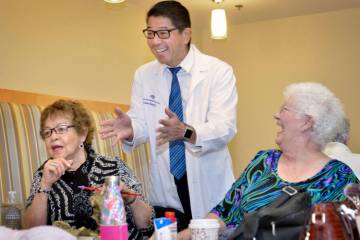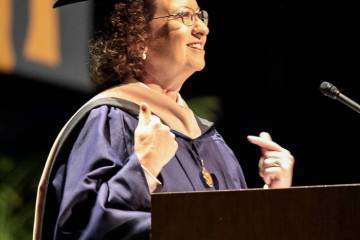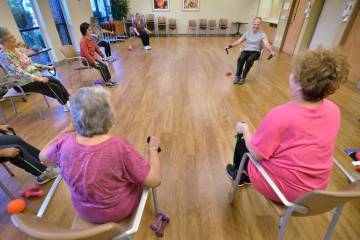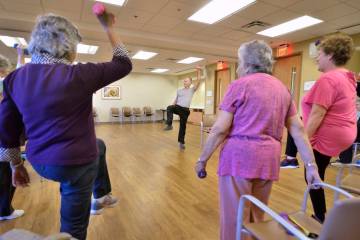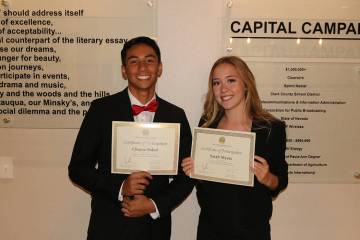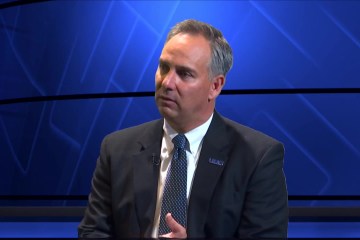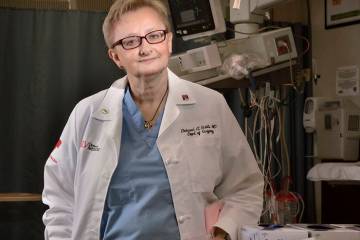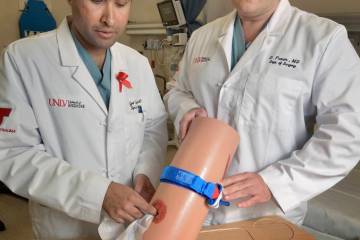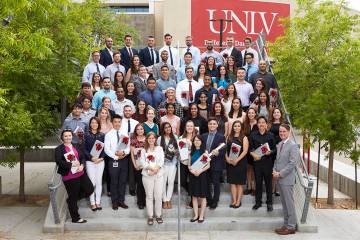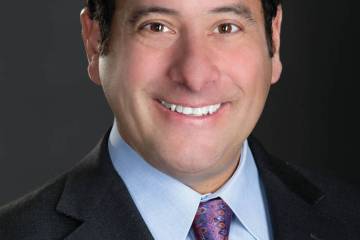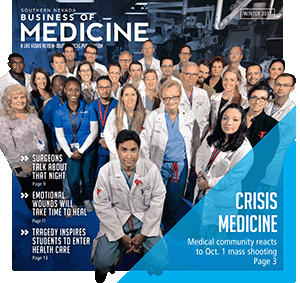During the last two years, WGU Nevada has tripled its student base while graduating 758 students, according to Chancellor Spencer Stewart. He said demand should continue to increase, especially for its classes that offer bachelor’s and master’s degrees in nursing and health care management.
The area provides several events, classes, resources and opportunities to help seniors remain active and healthy.
SilverSneakers is a community fitness program designed specifically for seniors. The program gives members free access to standard gym or fitness centers as well as access to Silver Sneakers classes designed for all fitness levels taught by certified SilverSneakers instructors.
Aging is not a protection when it comes to sexually transmitted diseases (STD’s). In fact, it can make people more prone to disease.
The medical profession’s response to the Oct. 1 mass shooting in Las Vegas has only confirmed to Clark County high school students like Briana Santana that they’re making the right choice to pursue a career in medicine.
Southern Nevada and the world watched as Las Vegas hospitals and doctors operated and cared for the wounded on Oct. 1 and subsequent days, and they’re getting high marks for their performance for handling the worst mass shooting in modern U.S. history.
They work at different hospitals, but Dr. Alan MacIntyre and Dr. Syed Saquib shared a common bond Oct. 1 — they were two of the first trauma surgeons on duty waiting for a rush of causalities from the mass shooting on the Strip.
Trauma surgeons at University Medical Center are spearheading a public awareness campaign to train the public on how they can stop someone from bleeding to death if they get shot or stabbed.
Southern Nevada and the rest of the state has a need for doctors, and the first-ever class at the UNLV School of Medicine wants to alleviate that physician shortage.
First of all, there is definite evidence that those patients that receive prenatal care have fewer complications during their pregnancy and delivery.

